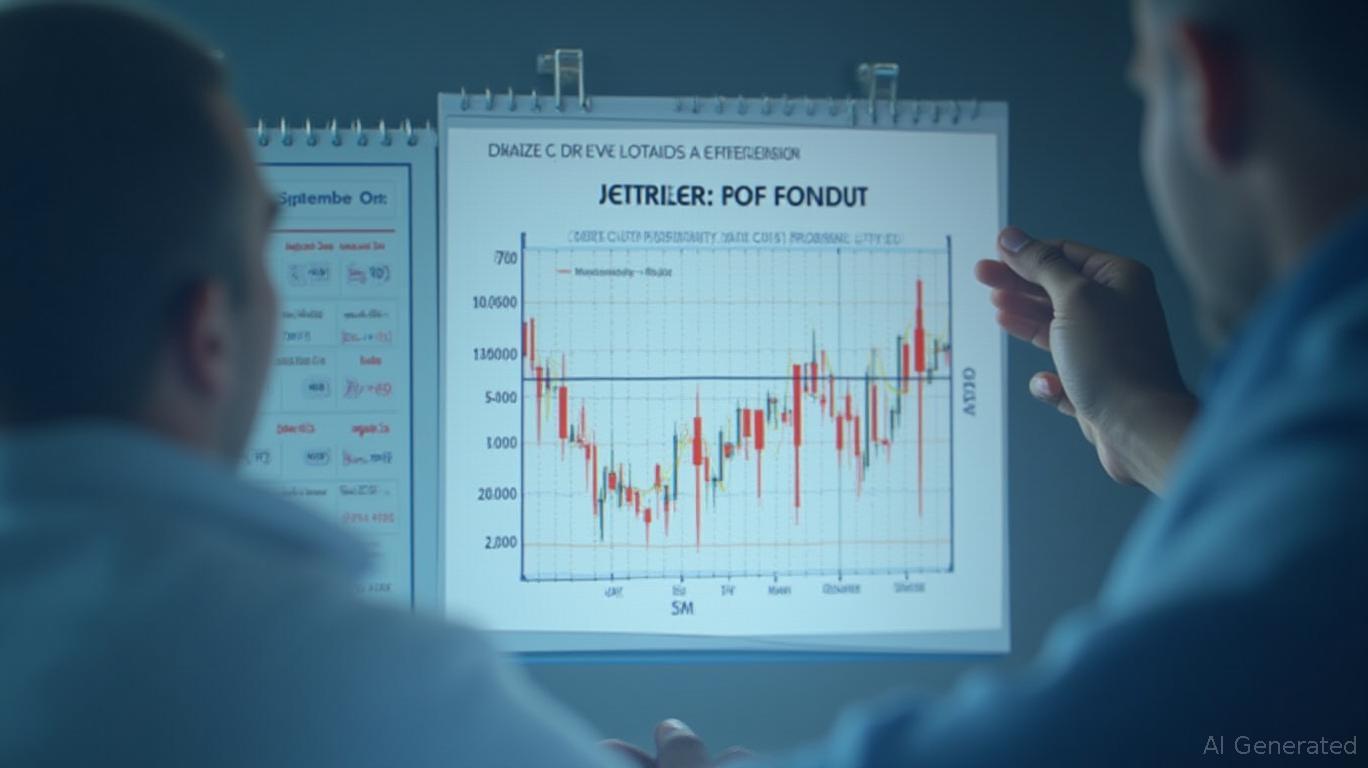Poland's Judicial Reforms: Navigating EU Compliance and Investment Opportunities
The Polish government’s push to reform its judiciary and secure EU approval has become a pivotal moment for the country’s economic and political future. With €137 billion in EU recovery funds at stake and a looming 2025 deadline imposed by the European Court of Human Rights (ECtHR), the reforms aim to restore judicial independence while balancing political realities. For investors, this presents a complex landscape of opportunities and risks, shaped by legal, regulatory, and electoral dynamics.

Current Status of Reforms and EU Compliance
Poland has made partial progress toward EU standards by abolishing the controversial Disciplinary Chamber of the Supreme Court and reinstating suspended judges. These steps, alongside the implementation of anti-fraud tools like the Arachne system, led the European Commission to partially lift restrictions on EU funds in 2024. The unlocked funds include €59.8 billion under the Recovery and Resilience Facility (RRF) for green energy, digital infrastructure, and healthcare projects.
However, critical challenges remain. The ECtHR’s November 2025 deadline demands Poland fully restore the National Council of the Judiciary (NCJ)’s independence and clarify the status of approximately 3,200 judges appointed under a politicized system. Two reform options are under consideration:
1. Option 1: A rapid legislative approach invalidating post-2017 appointments, requiring judges to revert to prior roles.
2. Option 2: A slower, court-based review process endorsed by the Venice Commission to avoid destabilizing the judiciary.
The European General Court recently upheld the EU’s right to withhold funds until compliance is achieved, signaling that further progress is non-negotiable.
Business Opportunities: Unlocking EU Funds
The €137 billion in EU funds creates significant opportunities across sectors:
- Green Energy: €3.2 billion allocated to onshore wind farms and air quality projects.
- Agriculture: €1.4 billion for modernizing farms and supporting SMEs.
- Digital Infrastructure: Funds for digitizing public services and supporting tech adoption in sectors like agriculture and migration management.
Investors in sectors like construction, renewable energy, and technology stand to benefit. For example, PGE (PGE.WA), Poland’s largest energy company, is expanding wind projects, while LPP (LPP.WA), a construction firm, could secure contracts for infrastructure upgrades.
Risks and Challenges
- Judicial Independence Uncertainty: While reforms have reduced immediate risks, lingering political influence over the NCJ and disciplinary bodies may deter foreign investors seeking legal predictability.
- Labor and Migration Policies: Stricter penalties for employers hiring illegally and temporary border controls on migrants could disrupt labor markets in sectors reliant on migrant workers, such as agriculture.
- Political Deadlocks: President Andrzej Duda’s opposition to reforms—until his term ends in August 2025—adds uncertainty. A Civic Platform victory in the May/June presidential election could accelerate reforms, but a PiS-aligned candidate could prolong gridlock.
The 2025 Political Timeline
The May/June presidential election is a critical juncture. If Duda’s successor supports judicial reforms, legislation could be finalized “almost immediately,” enabling Poland to meet the ECtHR’s November 2025 deadline. Failure to do so could reignite EU sanctions, including withholding funds and reactivating Article 7 proceedings.
Investment Implications
Sectors to Watch:
- Renewables and Infrastructure: Benefit from green energy allocations and infrastructure projects.
- Technology: Demand for digitization tools in agriculture and migration management.
Risks to Monitor:
- Political Volatility: Track the presidential election outcome and NCJ reform progress.
- ECtHR Compliance: The November 2025 deadline is a hard stop for investors.
Conclusion: A Delicate Balancing Act
Poland’s reforms present a compelling investment thesis for those willing to navigate its complexities. The unlocked EU funds offer tangible growth avenues in green energy, infrastructure, and tech, with sectors like construction and renewable energy poised to benefit immediately. However, investors must weigh these opportunities against political and legal risks.
Key data underscores the stakes:
- €59.8 billion in RRF funds earmarked for green and digital projects.
- 700 ECtHR cases pending resolution by November 2025.
- 35% of Poles believe rule-of-law conditions have worsened since 2023, signaling lingering public distrust.
The path forward hinges on the presidential election outcome and judicial reforms. A swift resolution could solidify Poland’s position as a regional economic powerhouse. Conversely, delays risk deepening institutional fragility and deterring capital flows. For investors, staying attuned to political milestones and fund disbursements will be critical to capitalizing on this evolving landscape.
Nick Timiraos is a pseudonym. The views expressed are based on publicly available data and do not constitute financial advice.


_183e5bc31749756677125.jpeg)







